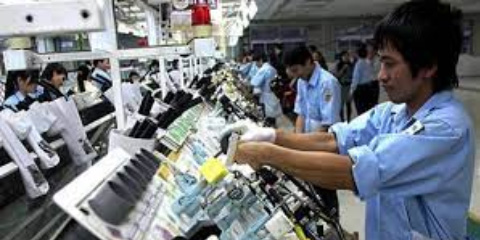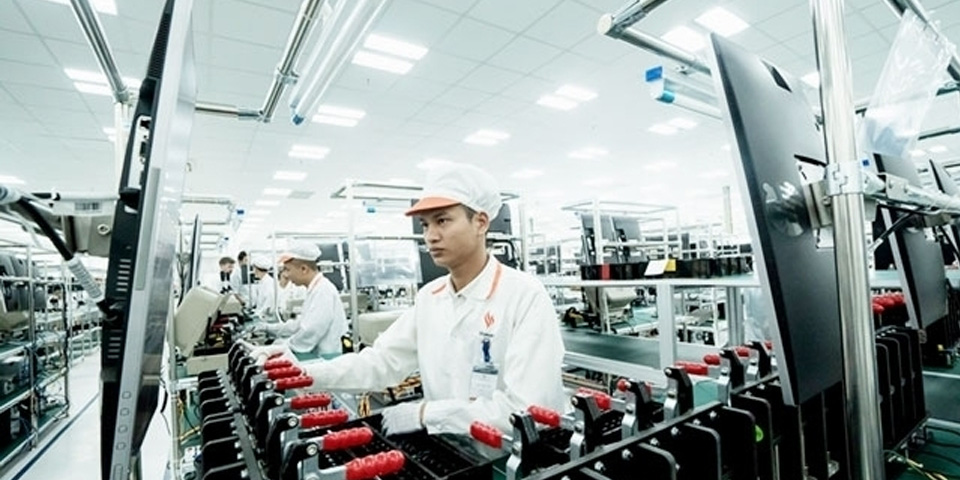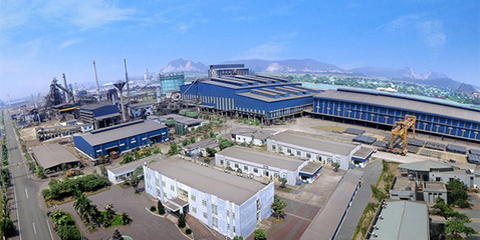Want to be in the loop?
subscribe to
our notification
Business News
ASIA PACIFIC OUTPACES THE REST OF THE WORLD IN GROWTH OF FLEXIBLE WORK SPACES
Demand for flexible offices – including coworking spaces and serviced offices – is growing faster in Asia Pacific than anywhere else in the world, according to new research by real estate consultant JLL. The region's stock of flexible floor space is growing at 35.7 per cent per year compared to 25.7 percent in the US and 21.6 per cent in Europe.
The report, which looks at major coworking and serviced office operators in 12 Asia Pacific markets, reveals that the number of major flexible space operators has doubled, while flexible floor space has increased by 150 per cent between 2014 and 2017.
"By 2030, flexible work spaces could comprise 30 per cent of corporate commercial property portfolios worldwide," says Jeremy Sheldon, Managing Director, Markets & Integrated Portfolio Services, JLL Asia Pacific. "Although corporate adoption is still in its early days, there are certain factors that will continue to make this region a hot spot for coworking growth."
A key driver, says the report, is that governments are encouraging entrepreneurship to offset the slow growth in traditional industries such as manufacturing, and are offering financial resources and backing for small companies, many of whom locate in coworking-style spaces.
For example, in Singapore, the government has supported the development of flexible locations such as the JTC LaunchPad, which is home to a number of tech start-ups. Similarly, the New South Wales government supported the development of Sydney Startup Hub, a 17,000sqm tech zone catering to aspiring entrepreneurs. Meanwhile reforms introduced by the Japanese government to improve work-life balance and productivity are also pushing domestic companies to explore more flexible ways of working.
The report also identifies plug-and-play simplicity as a factor in the growth in corporate demand, particularly for larger companies. The ability to move in and out of an office at short notice, and avoid complicated contract negotiations and fit-out work is a convenient option for many occupiers.
At the same time, businesses are looking to encourage collaboration among employees and are using shared workspaces as a way to foster innovation through exposure to new ideas and ways of working.
"Some companies have even started their own internal coworking facilities, or have incorporated features of flexible space into existing offices to make the work environment more engaging. This helps to build a community feel and can be a differentiator when it comes to attracting and retaining young talent," says Susan Sutherland, Head of Corporate Solutions Research, JLL Asia Pacific.
However, there remain some barriers to the widespread use of flexible space. Large corporates place a high value on retaining their brand identity and culture as well as the need to protect data and secure their IT infrastructures.
"Cultural norms may also impact the adoption of flexible space in the region. With a more hierarchical corporate culture in Asia that is not always in sync with the casual environment of many coworking hubs, providers may need to adapt to cultural preferences to ensure a smoother transition to flexible working for some corporates," explains Ms Sutherland.
Implications for real estate investors
In response to growing demand, JLL notes that landlords will continue to form joint ventures with coworking operators, or create their own flexible space offerings to meet tenants' needs. Meanwhile developers are adapting to what could be a new standard in property development whereby flexible workspace will be an amenity as essential in a commercial building as food and beverage outlets or a gym.
"Given the competitive dynamic of this new sector, we are already seeing consolidation even among the biggest players. Looking ahead, we can expect convergence to continue growing, with serviced office operators developing coworking brands and coworking brands targeting the clients of serviced operators in the market," concludes Ms Sutherland.
For more information, download 'Spotting the Opportunities: Flexible Space in Asia Pacific' now.
Related News

CUSTOMS BUDGET REVENUE EXPERIENCES 3% DECLINE IN Q1
Vietnam’s import and export value reached a total of US$145.59 billion in the first quarter (Q1) of 2024, marking a year-on-year growth of 18.2%. However, the customs budget revenue saw a 3% year-on-year decline, amounting to VND71,520 billion in the quarter, thereby achieving 19.1% of the full-year target.

RAPID LAW IMPLEMENTATION MAY PROPEL MARKET FORTUNES
“Investors and developers are looking forward to the implementation of the new law, which will remove obstacles for a range of projects that are struggling due to stalled procedures and lack of legality. For them, the earlier the better,” he said.

NATION URGED TO BUILD ON ECO-IP MODEL
Industrial parks (IPs) involved in an initiative that aims to help push them into the realm of being classed as eco-parks have seen improvements across a string of indicators, according to a review event in Ho Chi Minh City last week.

YEN LU INDUSTRIAL PARK: NEW DESTINATION FOR INVESTORS
Bac Giang is a destination chosen by many domestic and foreign investors thanks to its locational advantages and its most opening and favorable investment policies. Assisted by local authorities, Capella Land Joint Stock Company has effectively invested in industrial zones, especially Yen Lu Industrial Park - a new destination for investors, to contribute to the province’s success in investment attraction.

OPTIMIZING LEGAL AND REGULATORY FRAMEWORKS FOR EFFICIENT PUBLIC INVESTMENT DISBURSEMENT
According to the Ministry of Planning and Investment, a 1% increase in public investment raises GDP by 0.058%, and each VND1 disbursed stimulates an extra VND1.61 from the non-state sector. However, plan implementation often falls short at around 80% annually, despite government efforts.

NATION URGED TO BUILD ON ECO-IP MODEL
For the 2020-2024 project, three IPs were selected for the transformation including Deep C Industrial Zones in the northern city of Haiphong, AMATA City Bien Hoa in the southern province of Dong Nai, and Hiep Phuoc IP in Ho Chi Minh City. Over the last four years, the level of compliance with the international framework on eco-IPs for all pilot complexes has increased in terms of environment, economy, and management.
































